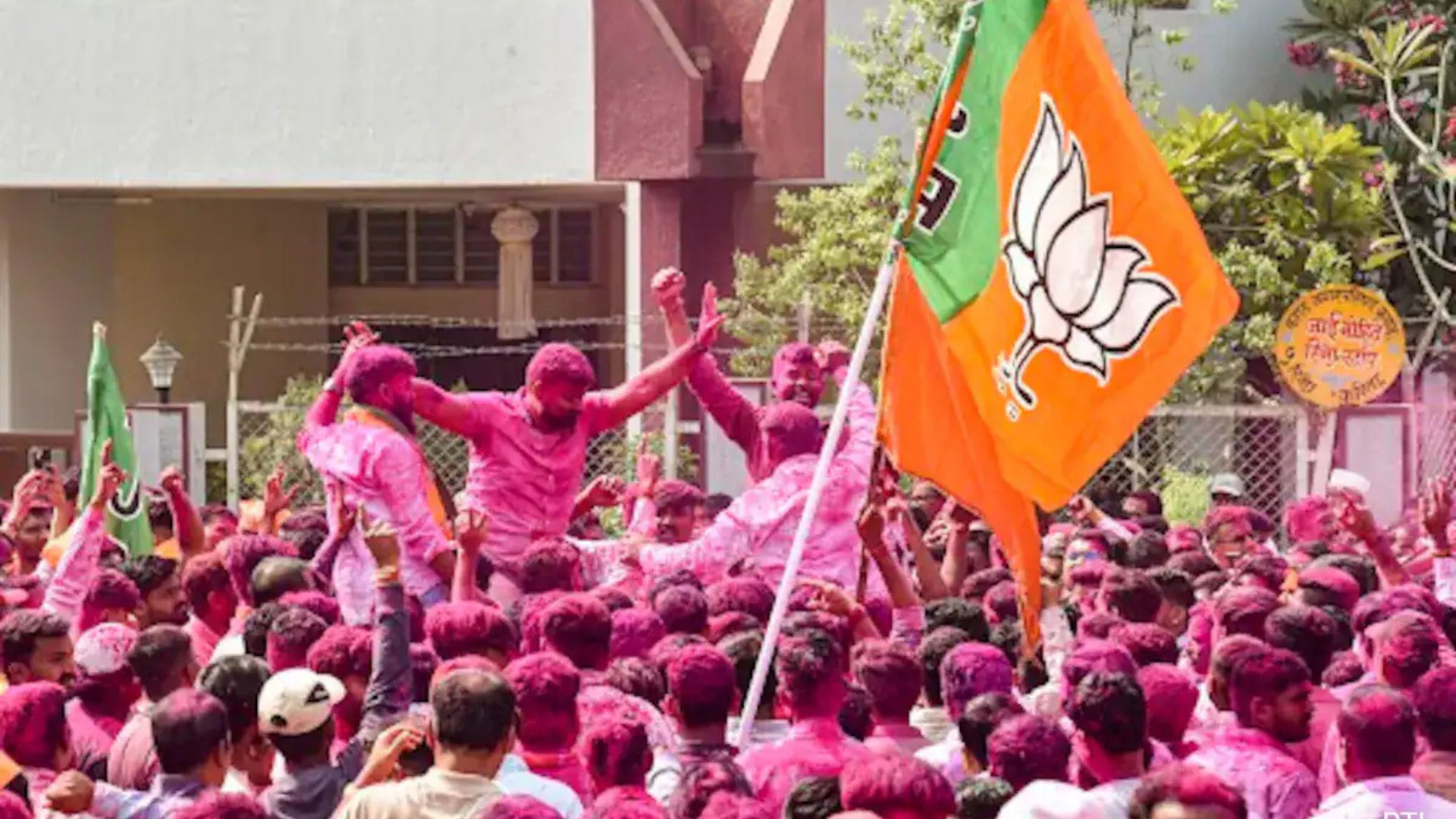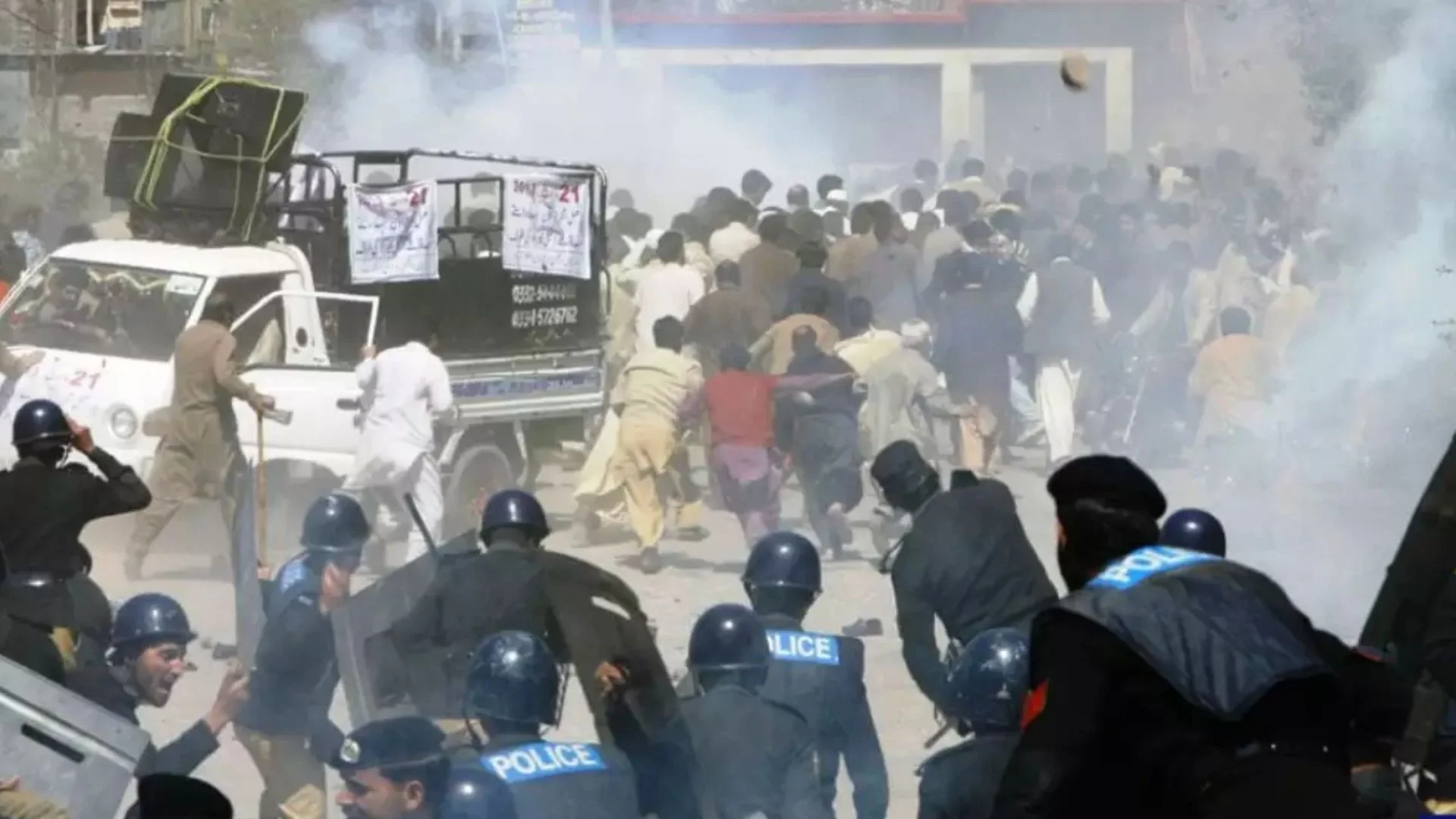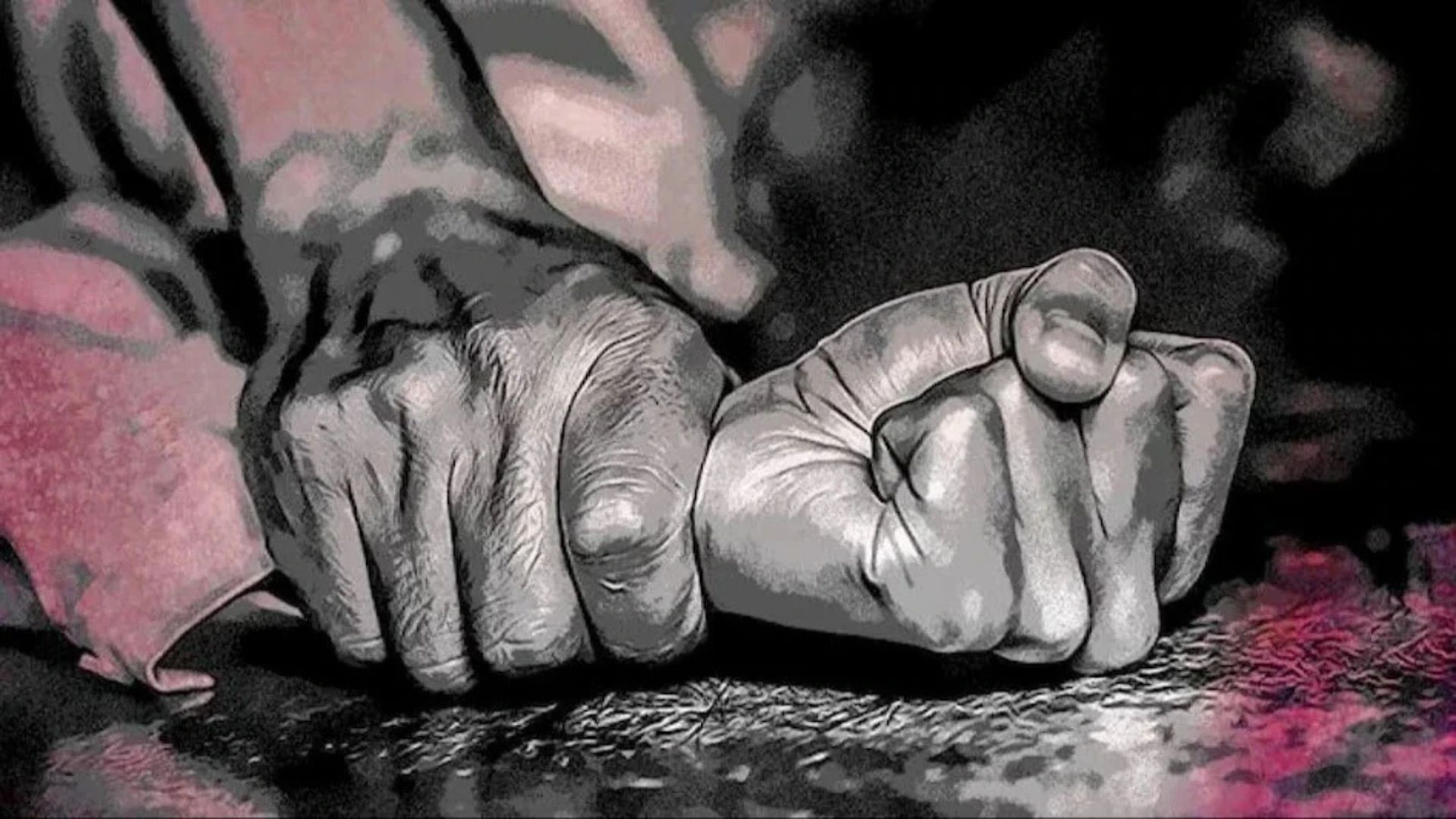As Karnataka braces itself for polls, the Panchamasali Lingayats’ demand for granting 15% reservation under category 2A of the Other Backward Classes (OBCs) has gained momentum. Though the clamour for securing equitable representation for the community has finally drawn the attention of the powers that be, the fact remains that no member of the sub-community has ever headed the Karnataka government since the time of independence.
Although there has not been any empirical study that has scientifically studied the population of the Panchamasali Lingayats’, it is widely believed that they are the largest sub-section of the Lingayat community. Some news outlets have estimated that they constitute 60-70% of the Lingayat community in Karnataka. Despite being the largest sub-community, never has an MLA from the Panchamasali Lingayat sub-community become the Chief Minister (CM), while ten members from the Banajiga-Lingayat sub-community have graced the chair. The incumbent Chief Minister Basavaraj Bommai belongs to the Sadar-Lingayat sub-communitywhich constitutes a small fraction of the Lingayat community. Political pundits say that Lingayats in Karnataka are the deciding voters in about 120 out of 224 assembly constituencies.
Significantly, during the 2018 assembly elections, BJP leaders had urged the community to cast their vote for the saffron party if they wanted to ensure that a Lingayat became the CM.On one hand, B.S Yeddyurappa, the tallest leader from the Lingayat community, stated that “Vote for BJP. Else, you will not get a Lingayat chief minister for more than a decade”, while on the other, BJP chief Amit Shah stated that “the Siddaramaiah government mooted this proposal (to grant the status of a religious minority to the Lingayat community) not because of its love for the Lingayats, but to prevent Yeddyurappa from becoming chief minister”.
Ironically, in 2013, Yeddyurappa was also a signatory to the memorandum submitted to then Prime Minister Manmohan Singh seeking the recognition of Veerashaiva Lingayats as a separate religion in the census.
Be as that may, it is true that the BJP remained true to its promise and made Yeddyurappa and Bommai the Chief Minister of Karnataka. Nonetheless, the largest sub-community within the Lingayats is yet to see a Chief Minister from their sub-community. When B.S. Yeddyurappa was replaced with Basavaraj Bommai, the Panchamasali community felt that a leader from their sub-community should have been given a chance at the top job.
It is quite unfortunate that caste has always taken the centre stage when it comes to election campaigning and electoral preferences in Karnataka over the years. This phenomenon is not unique to Karnataka but is applicable to the Indian elections in general. In a large-scale-sample attitudinal survey conducted by researchers from the Lokniti Foundation, Centre for the Advanced Study of India at the University of Pennsylvania and the Carnegie Endowment, it was revealed that 36% of the respondents said that they would be “troubled” by a candidate from a caste grouping other than theirs, won in their constituency and 56% of the respondents indirectly agreed to the same. According to Milan Vaishnav of the Carnegie Endowment for International Peace, “there is a significant amount of caste bias in politics, both in terms of favouring co-ethnics and opposing non-co-ethnics”.
However, all is not lost. PM Modi’s vision of ‘Sab ka Sath, Sab Ka Vikas’ could still be made a reality in Karnataka because Karnataka at this juncture of time stands at a point where theoften-neglected Kalyana Karnataka region also happens to house the major concentration of the Lingayats, which in turn is constituted by the Panchamasali sub-community. It is,therefore, hoped that the BJP leadership in Karnataka would provide a chance to the Panchamasali Lingayat from the Kalyana Karnataka region to become a Chief Minister. Through this, not only would a Panchamasali Lingayat leader get a chance at the top job buteven the Kalyana Karnataka region would get a Chief Minister from the region whose lived experiences would help foster rapid economic growth and development in the Kalyana Karnataka region. This would ensure that Karnataka gets an inclusive and all-rounddevelopment.
The author is a lawyer and researcher from the Kalyana Karnataka Region















